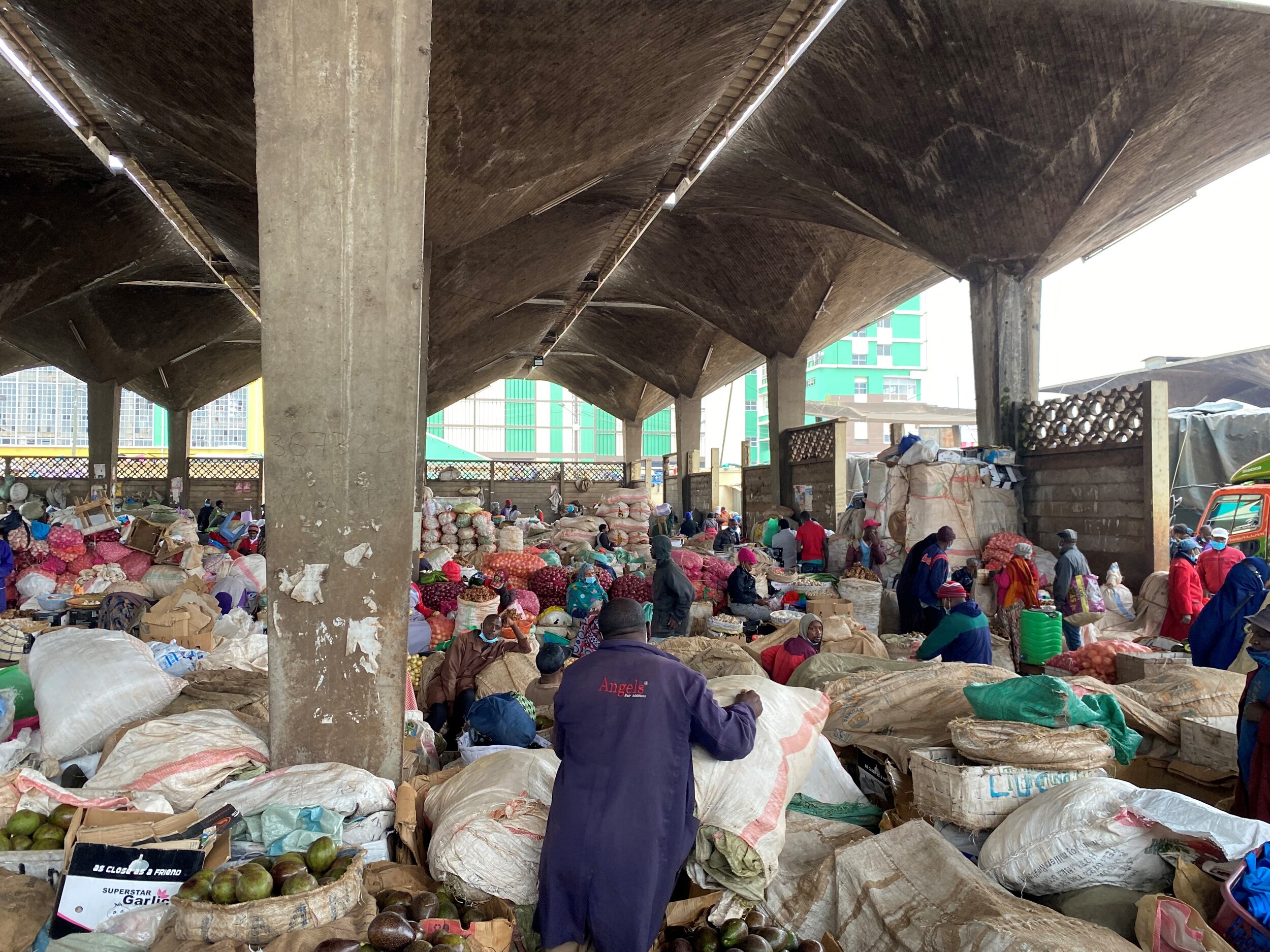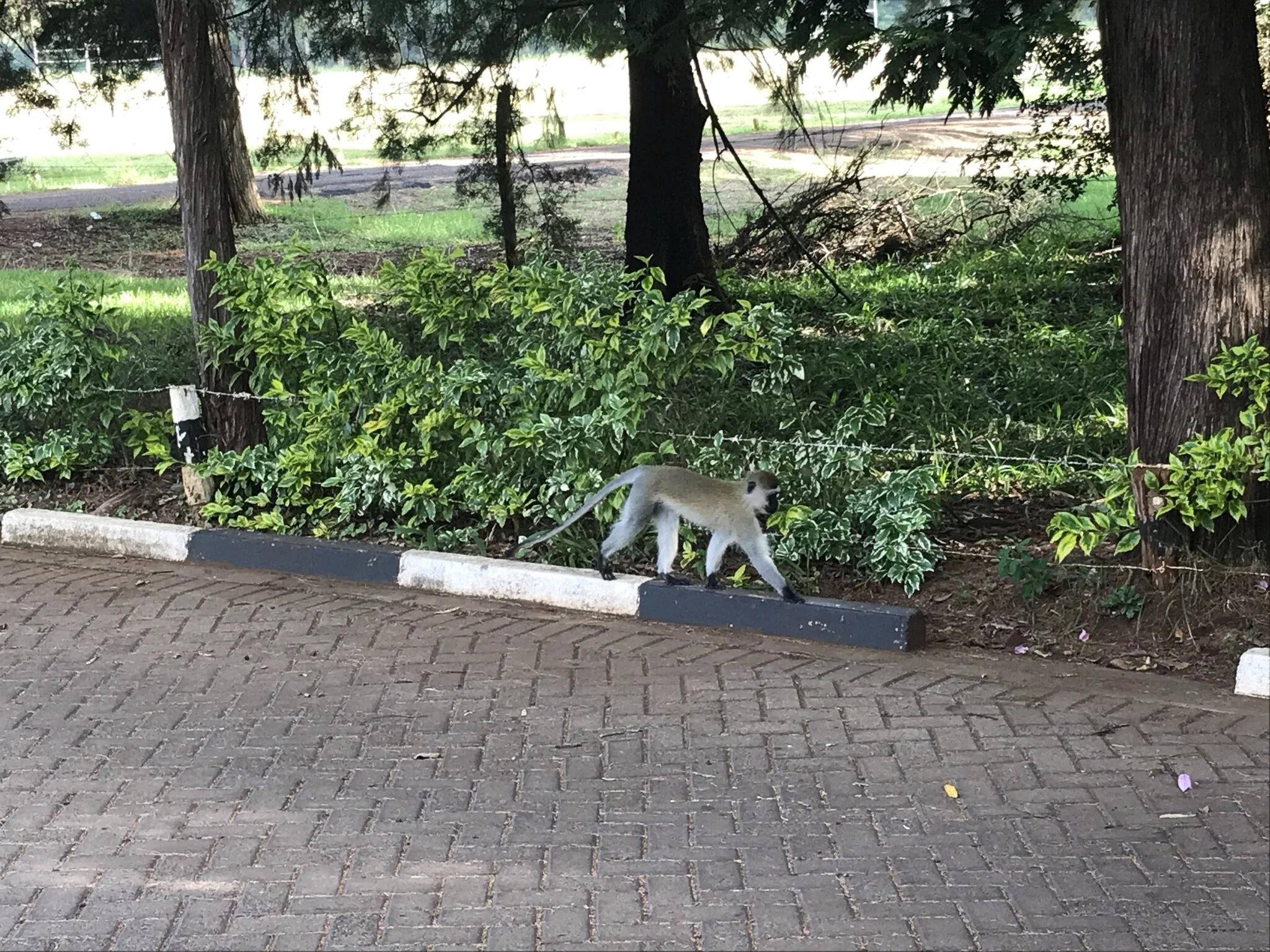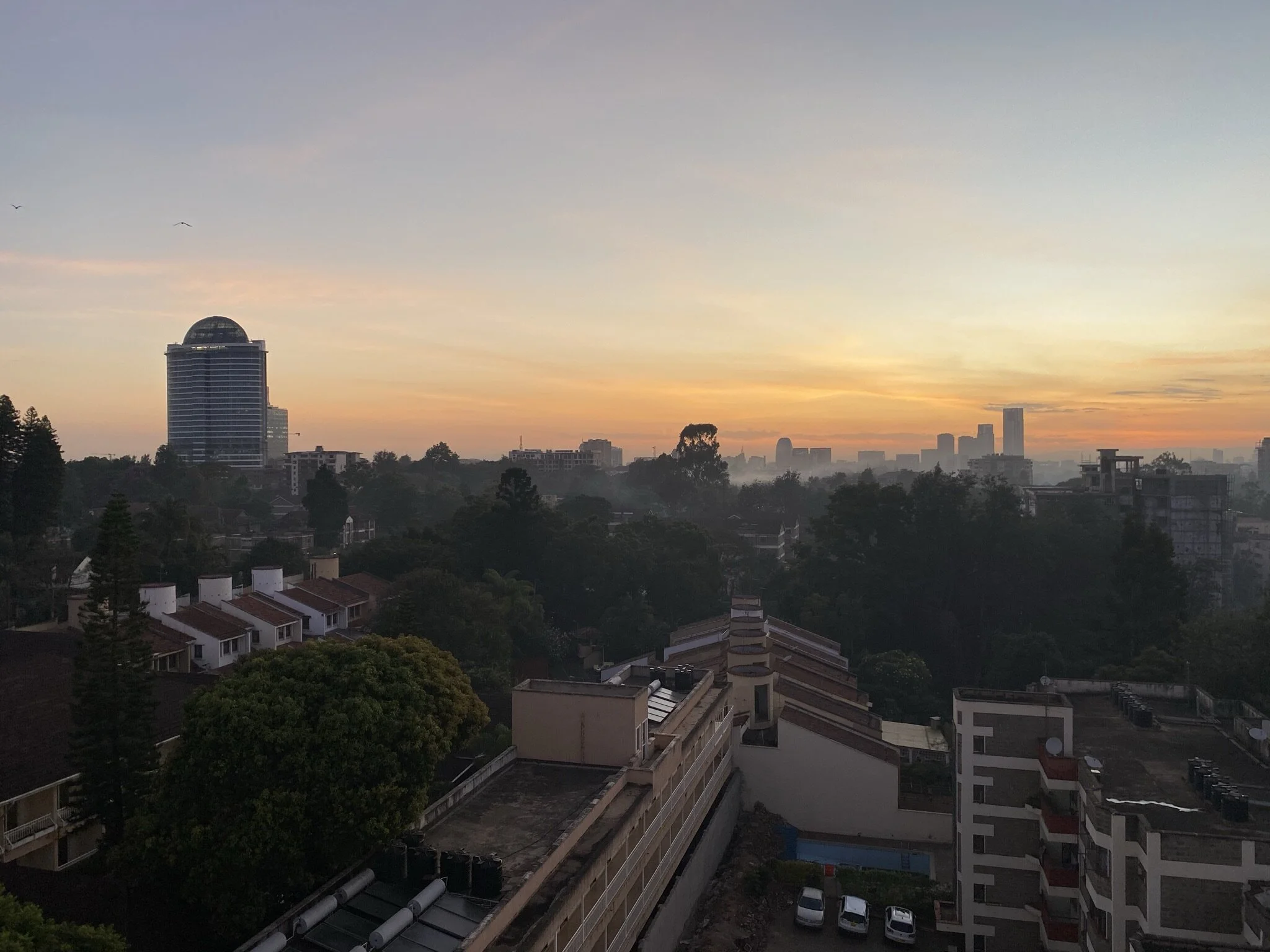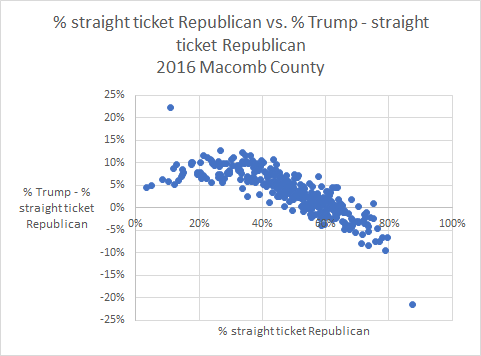Your Money can’t End Extreme Poverty, but Can Help People in Extreme Poverty
For the past couple weeks I went back to Iowa USA for a friend’s wedding (congrats guys! They should know who they are). While I was back, a few people asked me variations on the following question:
Is there anything the typical American can do to help address extreme poverty?
This post is my answer to that question since I feel that I didn’t give great answers on the spot. (The short answer is “Yes - you can donate money.”)
You can break down “addressing extreme poverty” into two parts:
#1 - Small-picture improvements: Improve the lives of some people who are living in extreme poverty
#2 - Big picture improvements: Contribute to creating social and economic systems that lead to the sustained elimination of extreme poverty
It’s easy for an individual to contribute to #1. Just give money to help people in extreme poverty. The median American makes $31K per year. There are 600M people who live on under $1.90 per day (~$700 per year). Your money is worth way more to those people than it is to you (1).
I encourage you to donate more to help those in extreme poverty! I think this is really important, so in case it’s an incentive: I will match donations to effective charities helping those in extreme poverty for any reader of this blog who is on the fence about donating (2)!
It’s much harder for a typical American to contribute to #2. Enabling the social and economic systems that will eliminate extreme poverty involves a set of really complex problems. There just isn’t much most people can do here unless your career touches people in extreme poverty (e.g., working in international health, managing supply chains from poor countries).
In this regard, the big-picture problem of extreme poverty is like the problem of national cybersecurity. Poverty and national cybersecurity are both extremely important, and extremely complex. In your spare time you can’t contribute to national cybersecurity. If you’re exceptionally well-informed you could take political action (e.g., maybe writing to their legislator), but that’s about it.
It’s the same for extreme poverty (3). Poverty might seem more addressable by the everyday American than national cybersecurity, but the fact that it hasn’t been solved over the past 70 years shows that it’s not. Plus, the people most able to solve problems related to extreme poverty are those in the poorest countries, not Americans.
In conclusion, my view is that the best way for the typical American to help people in extreme poverty is to donate money to an effective charity. Donating can measurably improve someone’s life though it doesn’t create systems that will consistently lift people from poverty.
But don’t let the inability to drain the ocean of poverty stop you from helping where you can! What is the ocean but a multitude of drops?
——
1. Other than donating, I really don’t think there’s much a typical American can do here. Doing a mission trip might be good for you spiritually, but probably doesn’t help the people in the country you’re visiting unless you have very specialized skills (e.g., you can do heart surgery).
There’s also a case for adopting someone who would otherwise grow up in extreme poverty - but this is a very complicated issue that I don’t have a strong view on
2. Eligible charities:
Malaria Consortium: Cheap malaria-preventing medicine to people in Africa and Southeast Asia
GiveDirectly: Give cash directly to poor people in Kenya
GiveWell: Charity evaluator that does rigorous evaluations of charities and give you the option to allocate a donate to several highly effective charities (includes the above two charities)
Does not directly help those in extreme poverty, but I’ll also match in case you want to directly give money in a way that might be personally more meaningful: The president of my ultimate frisbee club in Nairobi, Emmanual Kameri, is raising money to help cover his tuition at Oklahoma Christian University where he would play ultimate. You can support him here. Note I don’t know details of Kameri’s financial situation and do NOT mean to imply that he lives in extreme poverty, only that he can’t afford tuition on his own (despite his ultimate frisbee scholarship! He’s very good)
Some ground rules:
For every dollar you donate to one of the charities/fundraisers listed above, I will donate a dollar
You can’t already have been planning to donate to any of these, or another GiveWell recommended charity (on your honor)
The donation I make to “match” yours will be above the amount I was already planning to donate this year (on my honor)
Message me any way you like (email (ljeure@gmail.com), comment on blog, Facebook messenger, Venmo) if you have questions or want me to match. If there’s another charity you think is close in cost-effectiveness to the charities above, let me know
As an edge case constraint: I will match up to a max of $100 per person on donations to Kameri’s tuition fund. I won’t have any such limit per person on the other three charities. This is because I think the other three charities are more effective at truly helping the worst off in the world (if anyone is willing to donate more than $100 to Kameri, I will consider this post wildly successful)
Another edge case constraint: I will cap my overall donation matching at some point if this post becomes wildly successful
3. If you want to write to your legislator to help end extreme poverty, ask them to reduce subsidies to US producers that harm producers in poor countries. I may do a whole blog post on this at some point, but for now see this stat from Wikipedia:
“Oxfam estimates that the removal of U.S. cotton subsidies alone would increase prices 6-14% and thus increase the average household income in West Africa 2-9%- enough to support food expenditure for 1 million people” (source).
There have been other studies that have found similar (negative) effects of US trade policy on the livelihoods of people in poor countries. In 2003 when Mississippi catfish farmers successfully placed tariffs against Vietnamese catfish farmers, per capita income for the Vietnamese catfish farmers dropped by 40% (1). As Nathan Nunn says: “If we [found] an intervention that increased real per capita incomes by 40% it would be the closest thing we have to a panacea for economic development. However, we effectively have a policy intervention that does this, which is to not impose these policies which significantly harm developing countries” (page 11 here).












